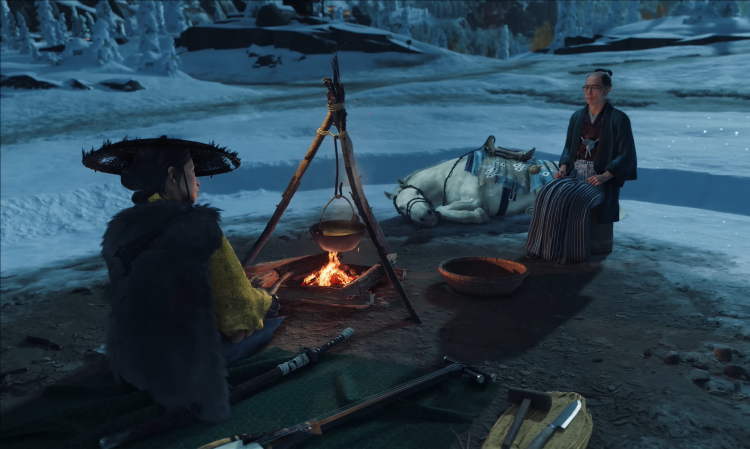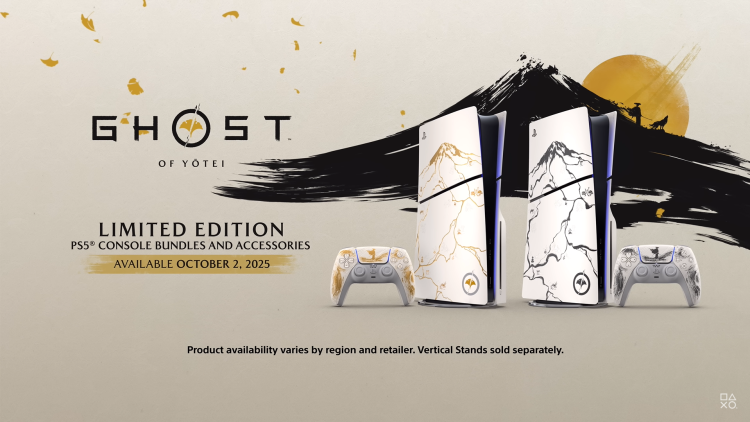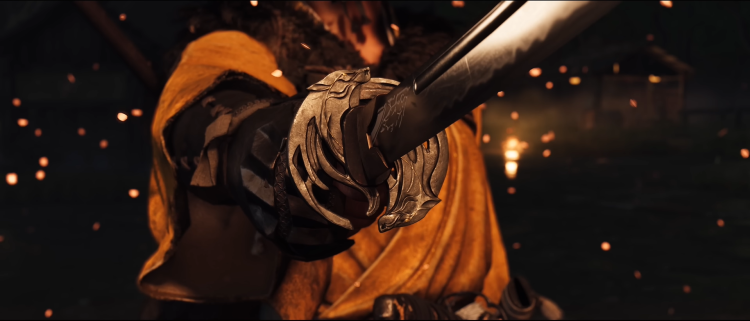Ghost of Yotei Shows Off New Weapons, Combat, and Cinematic Style
Ghost of Yotei made a serious statement during the July PlayStation State of Play. Sucker Punch came prepared with an 18-minute gameplay deep dive, showing how the team is expanding their open-world samurai experience beyond what Ghost of Tsushima delivered. This isn’t a sequel trying to reinvent itself. Instead, it’s leaning hard into what worked—precise combat, thoughtful world design, and a deep respect for samurai cinema—while layering new systems on top.
We reported earlier that Ghost of Yotei drops on October 2 — Sucker Punch dares to dance near GTA 6. That timing alone speaks to the confidence behind the project. But it’s what’s under the hood that matters, and based on new footage and details, this one’s bringing more than just pretty landscapes.
You play as Atsu, a mercenary and rumored Onryō—a vengeful spirit from Japanese folklore—returning home after 16 years to take down the Yōtei Six, a gang responsible for destroying her family. Sucker Punch leans into this emotional backstory with a unique flashback mechanic. With a single button press, players can revisit haunting childhood memories that add emotional depth and gameplay context to Atsu’s mission. This isn’t just flavor text. These memories shape how the world reacts and how players navigate revenge.

Exploration has been upgraded to match that personal journey. Atsu travels through Ezo—modern-day Hokkaido—on horseback, guided not just by wind but also a spyglass system and new clue-based tracking. Defeated enemies may offer directions to hidden regions like Oni-scarred zones or snow-covered lands that play tricks on perception, inspired by the Kitsune. Altars of Reflection are scattered throughout the map, unlocking new abilities and offering quiet, personal moments in a world fueled by conflict.
“We want you to enjoy the ride.”
That’s a line straight from the team. It sums up their approach to exploration. You can purchase Traveler’s Maps to speed up discovery, but the devs are nudging players toward natural pacing, letting the environment and narrative unfold gradually. It’s a structure that invites immersion, not checklist chasing.

Combat brings that same level of care. The arsenal in Ghost of Yotei is more varied than anything seen in Ghost of Tsushima. Players can switch between katana, spear, ōdachi, kusarigama, and dual swords. Each weapon has its own timing and style, with different enemies requiring different tools. Dual swords are fast and up close, the kusarigama brings range and crowd control, and the spear gives you space in tight quarters. The ōdachi hits hard and slow, better for armored enemies. And beyond melee, there’s a full set of ranged options like kunai, smoke bombs, blinding powder, and other tricks Atsu picks up along the way.
You’re not alone either. Atsu can recruit allies and even call on wolf companions during missions. This shifts the feel of combat and world navigation. Some bounties might be easier with backup, others might be stealthier without.

Eurogamer pointed out the smart use of camps in the world, which act as mobile hubs. Instead of a static journal menu, Ghost of Yotei uses campsites where your vendors, allies, and upgrade options meet you. Here, you can customize gear, choose new skills, and explore personal dialogue that builds relationships. Armor and weapon builds are highly customizable. Whether you go loud and brutal or lean into stealth and gadgets, there’s room to make your version of Atsu reflect how you play.
IGN highlighted one major evolution in tone: cinematic presentation. Ghost of Yotei includes three stylized modes inspired by Japanese cinema. Kurosawa Mode is back from Tsushima, bringing that classic black-and-white film grain with added noise. New to the lineup is Takashi Miike Mode, which pulls directly from films like 13 Assassins. It’s gritty, soaked in blood and mud, with tighter camera angles and harder color grading. And then there’s Watanabe Mode, a curveball inspired by Samurai Champloo—complete with lo-fi beats and surreal filters, giving a dreamlike quality to certain scenes.
Each mode doesn’t just tint the visuals. It sets the tone of your story, letting players choose how they want their journey to feel as much as how it looks.
As for world pacing, side content like bounty hunts and clue trails don’t pull you away from the main narrative but feed into it. Sucker Punch says they want every mechanic to reflect Atsu’s mindset—focused, haunted, driven. You’re not getting a checklist of fetch quests. You’re choosing to follow stories that mean something.
All of it leads to that October 2 launch date on PS5. Sucker Punch isn’t trying to beat GTA 6 in scope, but they’re confident enough to land nearby. That alone is worth paying attention to.
Ghost of Yotei has already caught attention for its style, but what’s coming into focus now is the weight behind it. The weapons aren’t just flashy. The story isn’t just dramatic. The open world isn’t just big. It’s all pointing toward a game that respects its themes and makes sure its gameplay speaks the same language.
If Ghost of Tsushima was a love letter to classic samurai cinema, Ghost of Yotei might be the revenge poem.

Comments